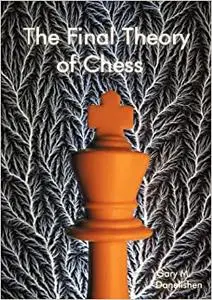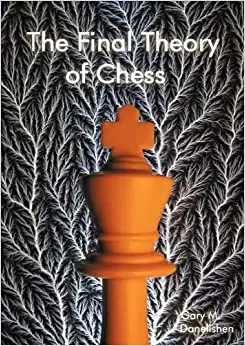Gary Michael Danelishen, Natalie Fawn Danelishen, Sara Louise Jennings, "The Final Theory of Chess"
English | 2008 | ISBN: 0981567703 | PDF | pages: 402 | 9.5 mb
English | 2008 | ISBN: 0981567703 | PDF | pages: 402 | 9.5 mb
Modern chess theory of the opening phase of the game has been greatly influenced by the use of computers. In following with this tradition, The Final Theory of Chess is an attempt to construct an aggressive opening repertoire based primarily upon the use of computer analysis. Computer analysis has been built upon previous computer analysis, in a process repeated seemingly ad infinitum. The ultimate goal is to push opening theory through the middlegame and finally to a point where endgame tablebases can solve for mate. The Final Theory of Chess lays a solid foundation upon which further computer analysis may be built in order to solve the game of chess. The game of checkers has already been solved by a team of computer researchers. Similarly, further computer analysis of the game of chess will one day answer the question: "Is the game of chess a theoretical draw, a win for White, or even a win for Black?" Chess openings which are analyzed include: The Blackmar-Diemer Gambit, Caro-Kann Defense: Exchange Variation, Dutch Defense: Classical Variation, King's Gambit Accepted: Fischer Defense, Vienna Game, Ruy Lopez: Marshall Gambit, Two Knights Defense, French Defense: Advance Variation - Nimzowitsch Gambit, and From's Gambit. The Final Theory of Chess is a practical opening guide for correspondence players, an aggressive repertoire for over-the-board players, and a solid foundation for future chess theory to build upon.



